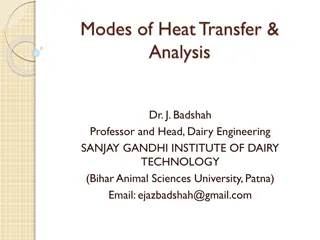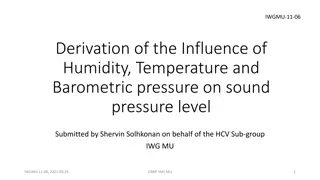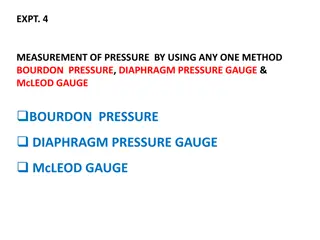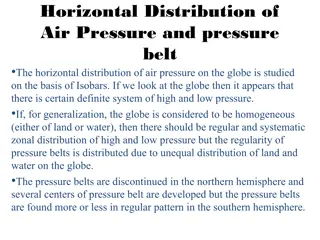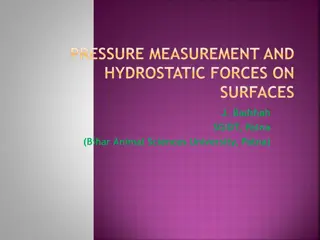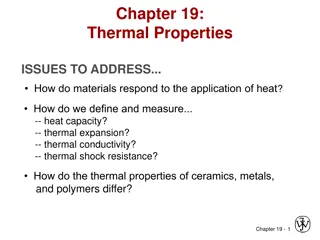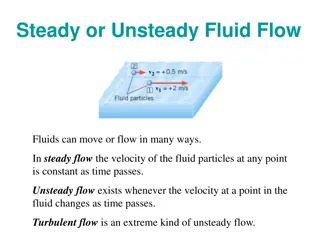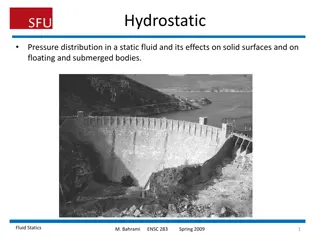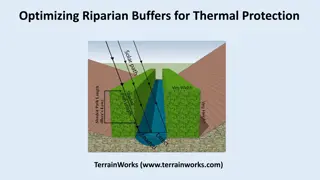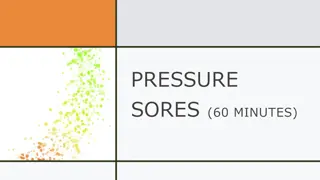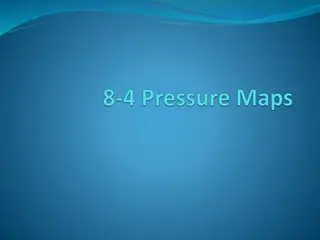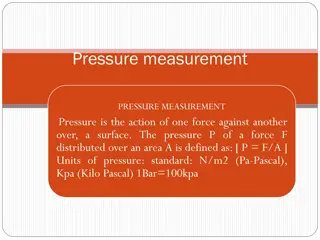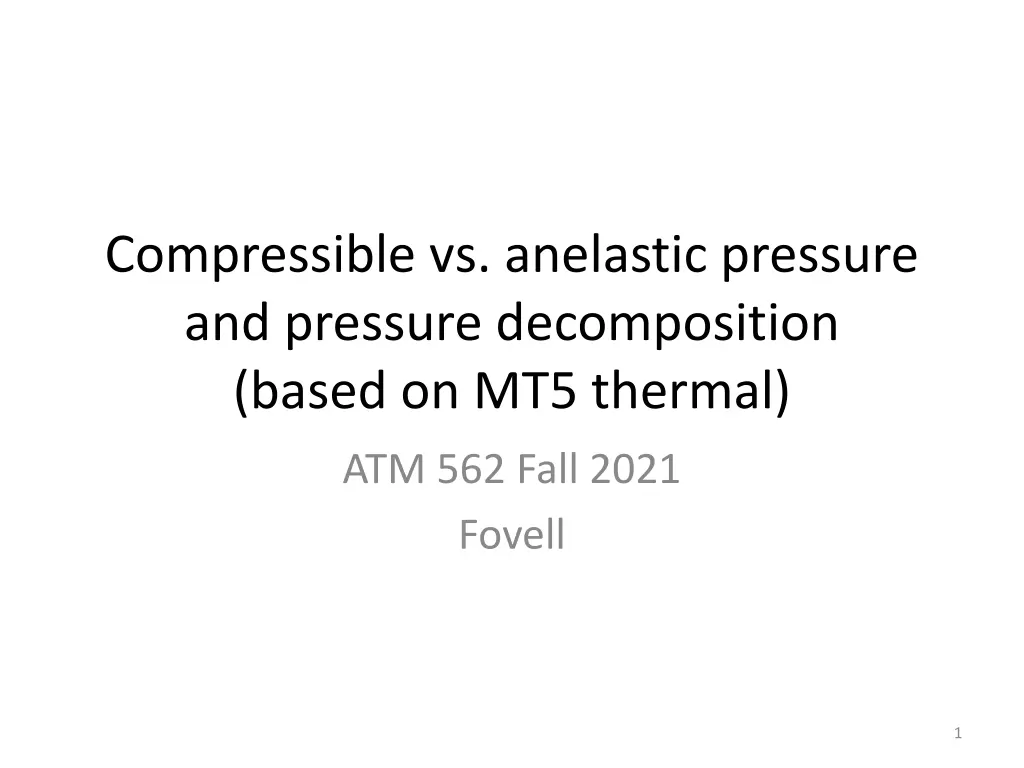
Understanding Compressible vs Anelastic Pressure Decomposition
Explore the differences between compressible and anelastic pressure decomposition in atmospheric simulations, including the dynamic and buoyancy pressure components. An in-depth look at the forces driving pressure perturbations and the role of buoyancy in the pressure field.
Download Presentation

Please find below an Image/Link to download the presentation.
The content on the website is provided AS IS for your information and personal use only. It may not be sold, licensed, or shared on other websites without obtaining consent from the author. If you encounter any issues during the download, it is possible that the publisher has removed the file from their server.
You are allowed to download the files provided on this website for personal or commercial use, subject to the condition that they are used lawfully. All files are the property of their respective owners.
The content on the website is provided AS IS for your information and personal use only. It may not be sold, licensed, or shared on other websites without obtaining consent from the author.
E N D
Presentation Transcript
Compressible vs. anelastic pressure and pressure decomposition (based on MT5 thermal) ATM 562 Fall 2021 Fovell 1
Caveat We will examine a compressible simulation of a thermal with cs = 50 m/s and Compare predicted compressible pressure perturbation with diagnosed anelastic pressure perturbation Then, divide anelastic perturbation into dynamic and buoyancy pressure components We are comparing a prognosed pressure field with an anelastic version of it. We are NOT, in this example, comparing a compressible simulation with an anelastic simulation. The anelastic pressure field is not being used in the prediction model, so we re not testing how good the very slow sound speed approximation is 2
Anelastic pressure decomposition (see Chap. 6 and MT6) Dimensional pressure perturbation can be written as (this form largely ignores variation of mean density and potential temperature with height): dynamic pressure forcing buoyancy pressure forcing CCW and CW rotation create L dynamic pressure Convergence and divergence create H dynamic pressure 3
Buoyancy pressure gradient + buoyancy 5
Combining buoyancy pressure and buoyancy terms Our equations with dynamic and buoyancy pressure separated driving force TAX 6
MT3 initial condition H Zero field Contour interval = 0.2 mb 7 Shaded: pot. temp. pert. ~ buoyancy
L L H 9
H H 10
anelastic Hydrostatic (3x larger magnitude at max) 15 plot shows lowest scalar level
Every grid point actually has a nonzero buoyancy pressure perturbation, immediately, at time 0. Spiderweb. Since pressure not uniquely determined I subtracted value from first real point (2,2) from the field, forcing it to be zero there 16
18 Subtract (a)-(c) see next slide
The difference between the (very) compressible p field and its anelastic version is largely the sound wave excited by the not-fully-balanced initial condition and fails to escape the domain due to periodic (closed) boundaries If I had open boundary conditions, sound waves would escape and model p would strongly resemble anelastic version. Model reaches same state as anelastic but took time due to slack. 19


